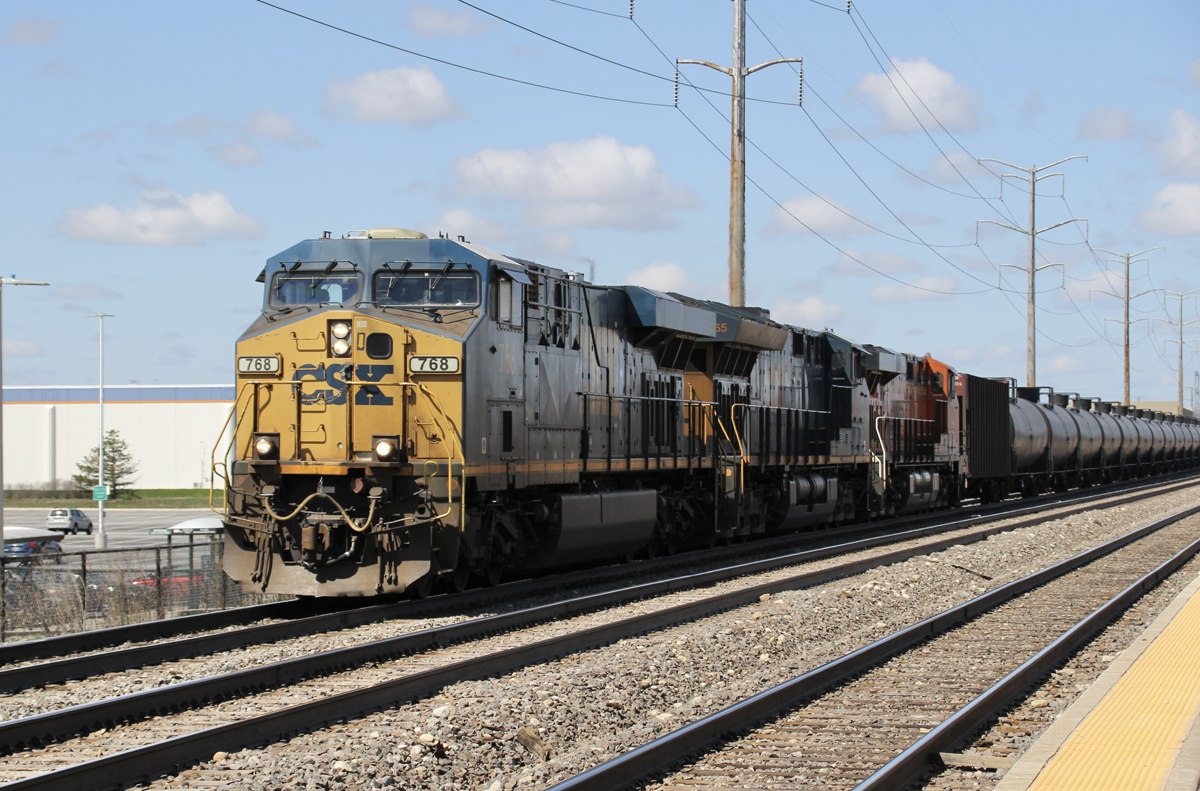
Steve Angel joins CSX Transportation as its eighth chief executive in the railroad’s 45 years, and the Tarheel native could well be the railroad’s last CEO if the Union Pacific-Norfolk Southern merger prompts a BNSF-CSX allegiance.
As the industry possibly faces its final round of consolidation, CSX has to do something. While it may seem disappointing to those opposing consolidation, Omaha set the ball in motion and the clock is running, even if the outcome is not yet guaranteed.
At the same time, shareholders have been critical of CSX’s performance. Revenues, net income, and subsequent earnings per share have all declined year over year since 2022. The railroad generated an EPS of $1.95 in 2022, but that slipped to $1.79 in 2024. Analysts suggest an EPS of $1.67 for 2025. The railroad’s operating ratio continues climbing, from 59.5% in 2022 to 63.9% in 2024, and this year could see a 65-66% ratio.
This is the result of some factors beyond the railroad’s control, like a fluctuating export coal market, the aftermath of Hurricane Helene, and a soft freight market where trucks have won again.
But the old adage is control what you can control, and the sentiment seems to suggest CSX has not done enough to control rising costs. And UP-NS kicking off the merger conversation put CSX behind the eight ball. CSX certainly cannot survive on its own if the merger is approved.
So the railroad’s board of directors are changing course, shifting from Hinrichs’ widely successful cultural transformation to a new era of “strategic priorities” that will inevitably look to link CSX with a new merger partner at a premium to shareholders.
With the merger fate still unclear, though increasingly bullish, the focus is increasing CSX’s value by reversing the current OR trend and delivering a better EPS. Howard Street’s reopening in Baltimore and the revitalization of the Clinchfield gives the railroad cost reduction momentum headed into the fourth quarter. This will increase CSX’s sticker price for a merger partner. CSX’s market capitalization has fluctuated from $77 billion in 2022 to $52 billion in April 2025. It has since increased to $66 billion.
Angel has extensive experience in navigating mergers and acquisitions, leading Praxair into its merger with Linde to form the world’s largest industrial gases company, with a market capitalization of over $200 billion. Now, at age 70, Angel can finish his 45-year career by brokering a merger deal with CSX.
He won’t be doing it alone. I suspect additional changes in Jacksonville and across the system. Railroads are cyclical and this isn’t unexpected. New faces will soon arrive and familiar ones will leave.
Critics of Hinrich’s departure have reverberated across the industry in the past 24 hours because he brought a different style to the C-suite that wasn’t particularly common in railroading before. That made him relatable to a larger audience who has been sympathetic to his ousting. But the pendulum has now swung the other way. There’s too much at stake for CSX to not explore a partnership. UP-NS made the leap and their effort has received a surprisingly warm reception. This no doubt added further pressure for the CSX board.
It’s a new chapter for CSX, but within the same playbook. The real question that now remains — is this the last chapter for CSX?
— These views represent the author’s views based on his observations and experiences in the industry and recent developments, and do not represent the opinion of Trains Magazine or Trains.com.






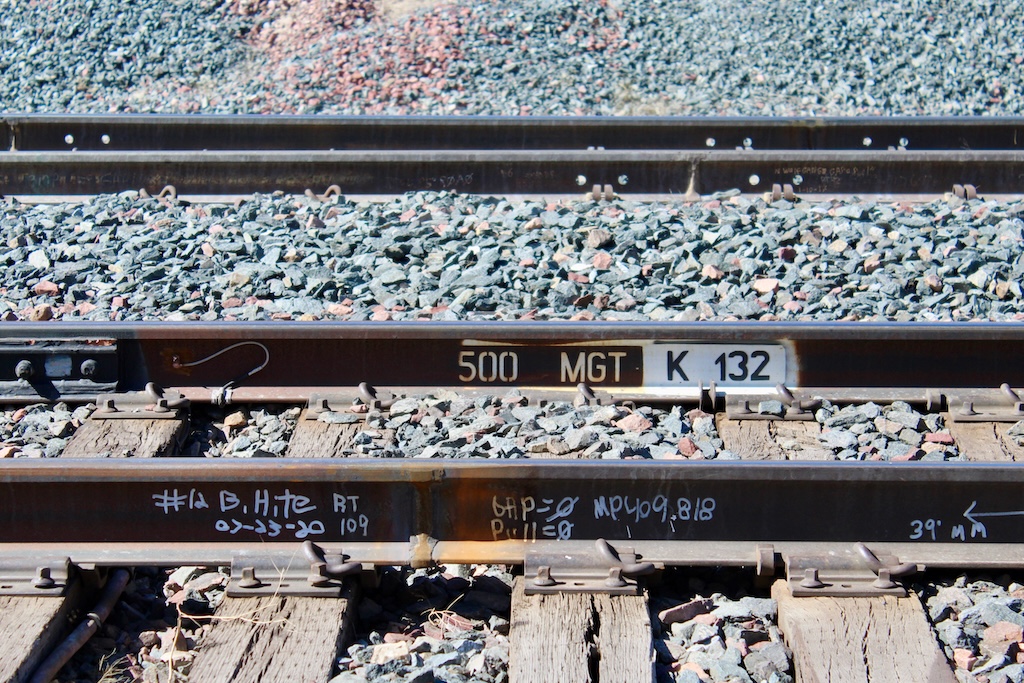
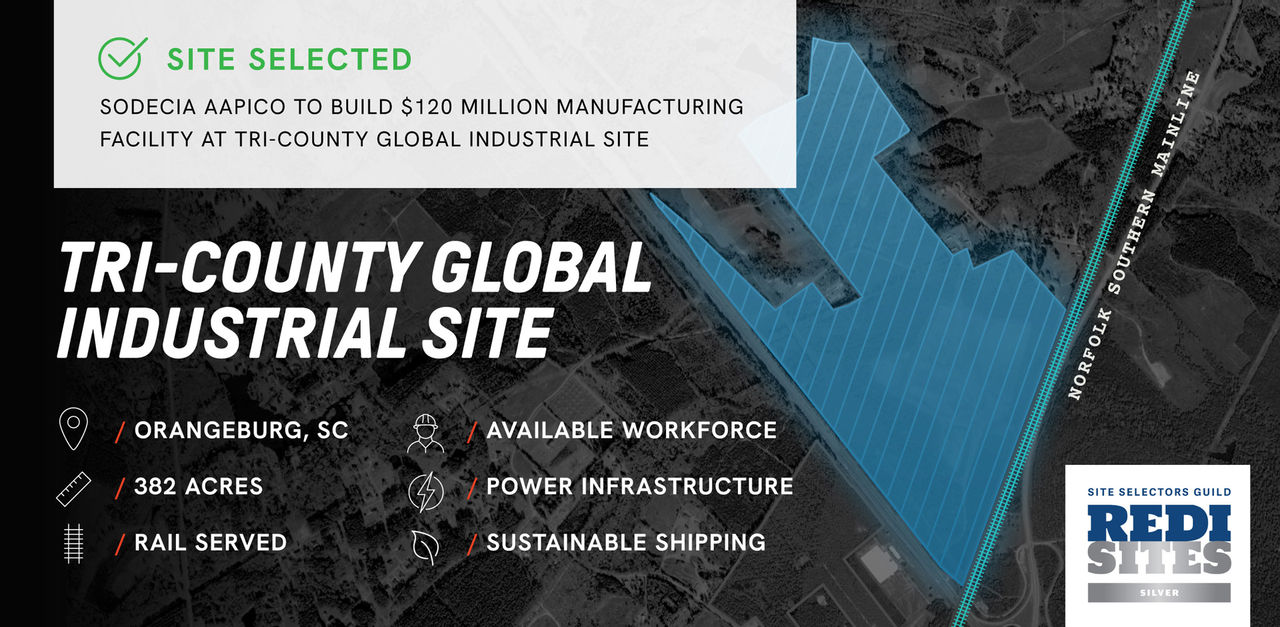

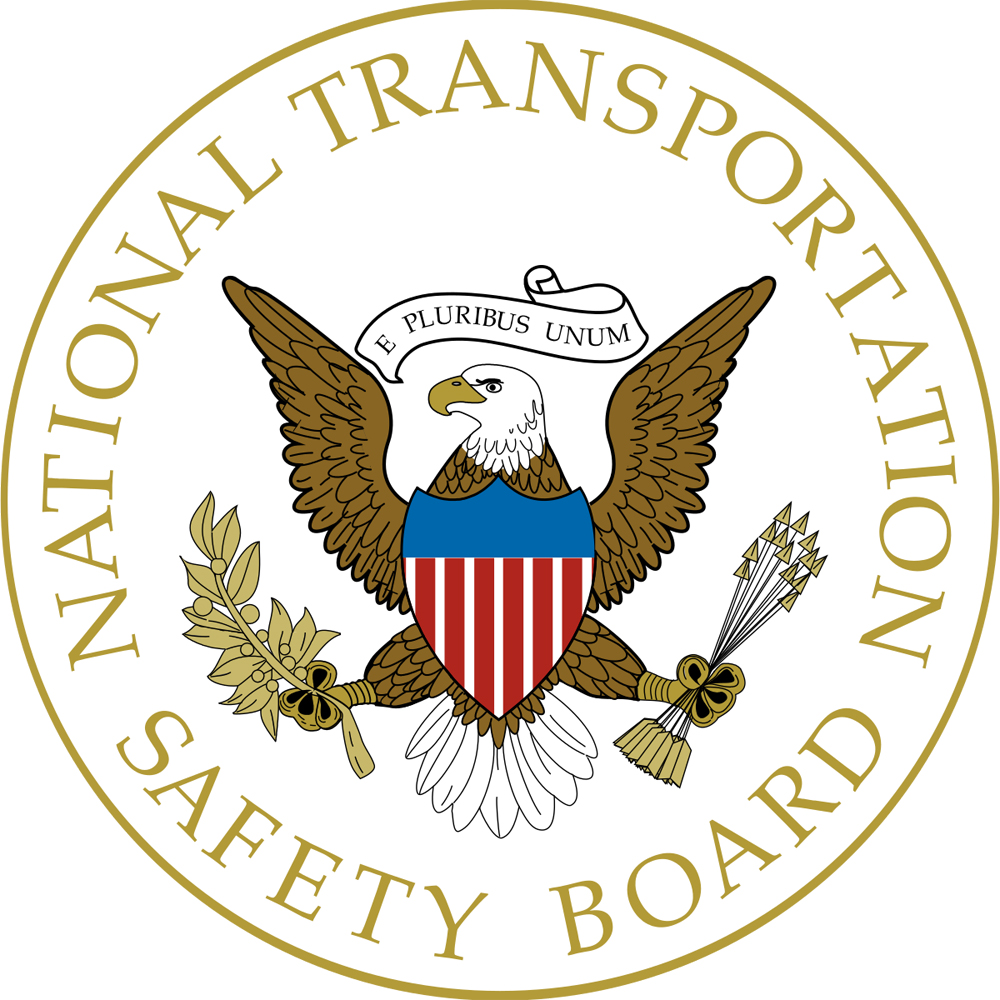
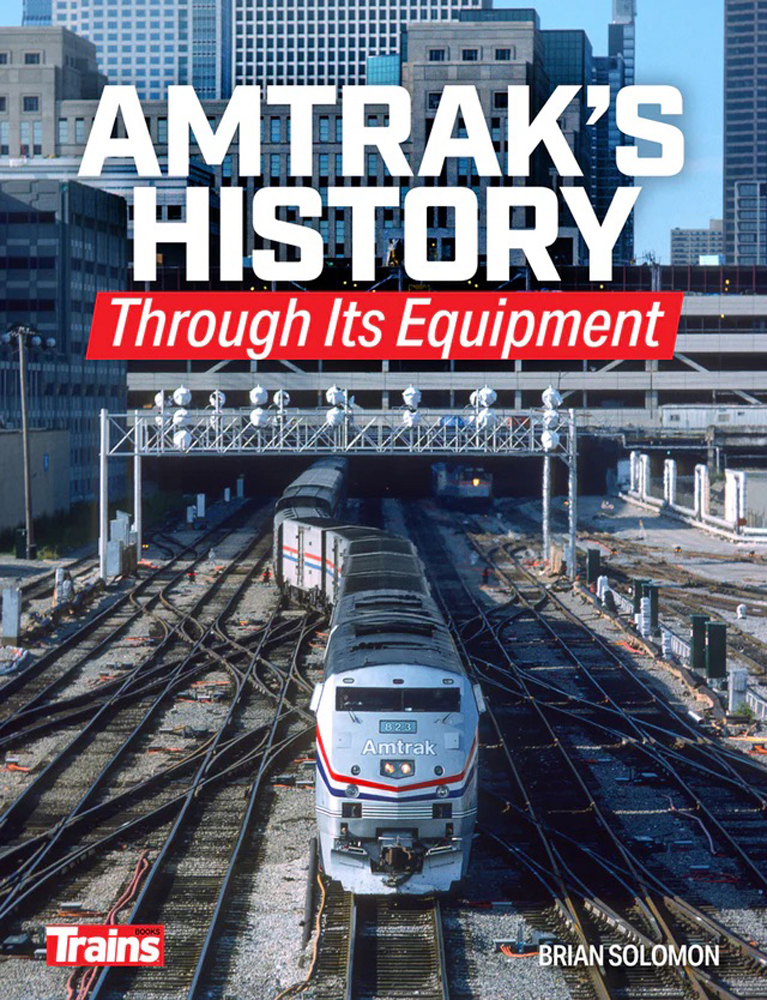
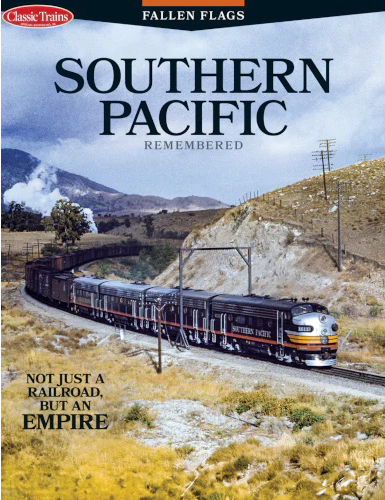

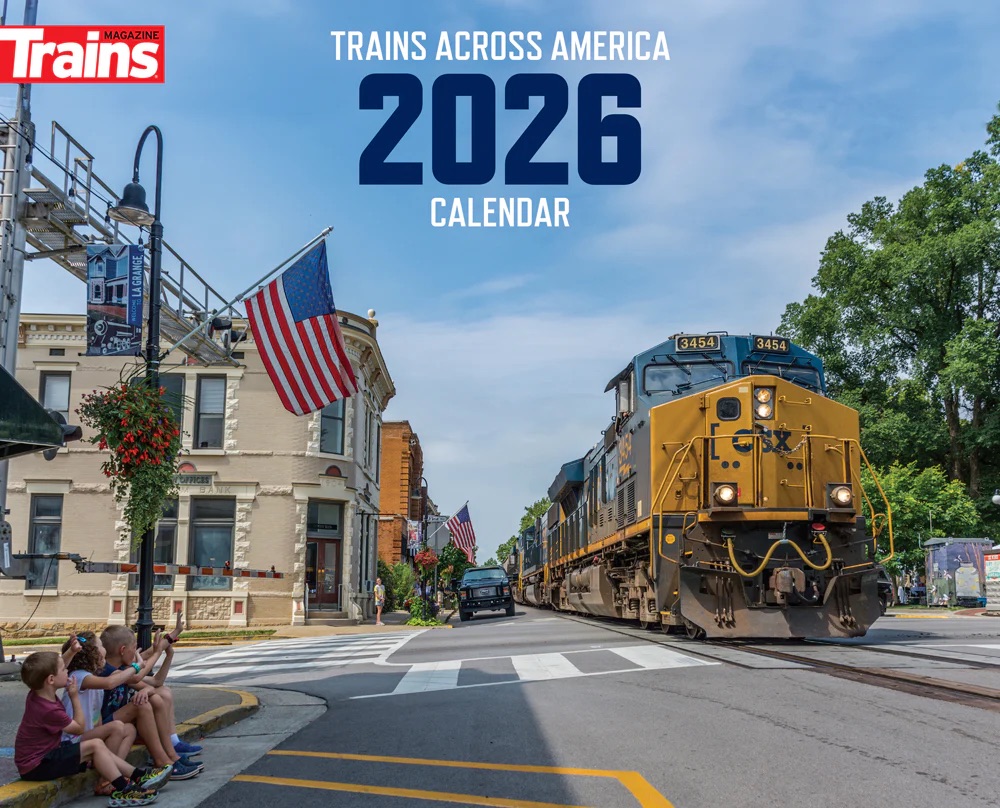
“But the old adage is control what you can control, and the sentiment seems to suggest CSX has not done enough to control rising costs.”
CSX initiated several very costly projects that will vastly improve their capacity to move high value cargo with a real short term impact on earnings. Unless that cargo will soon disappear from the rails this is an extremely short sighted view that I keep running across in the investment banker world across many different companies in many different fields bringing nothing but long term ruin.